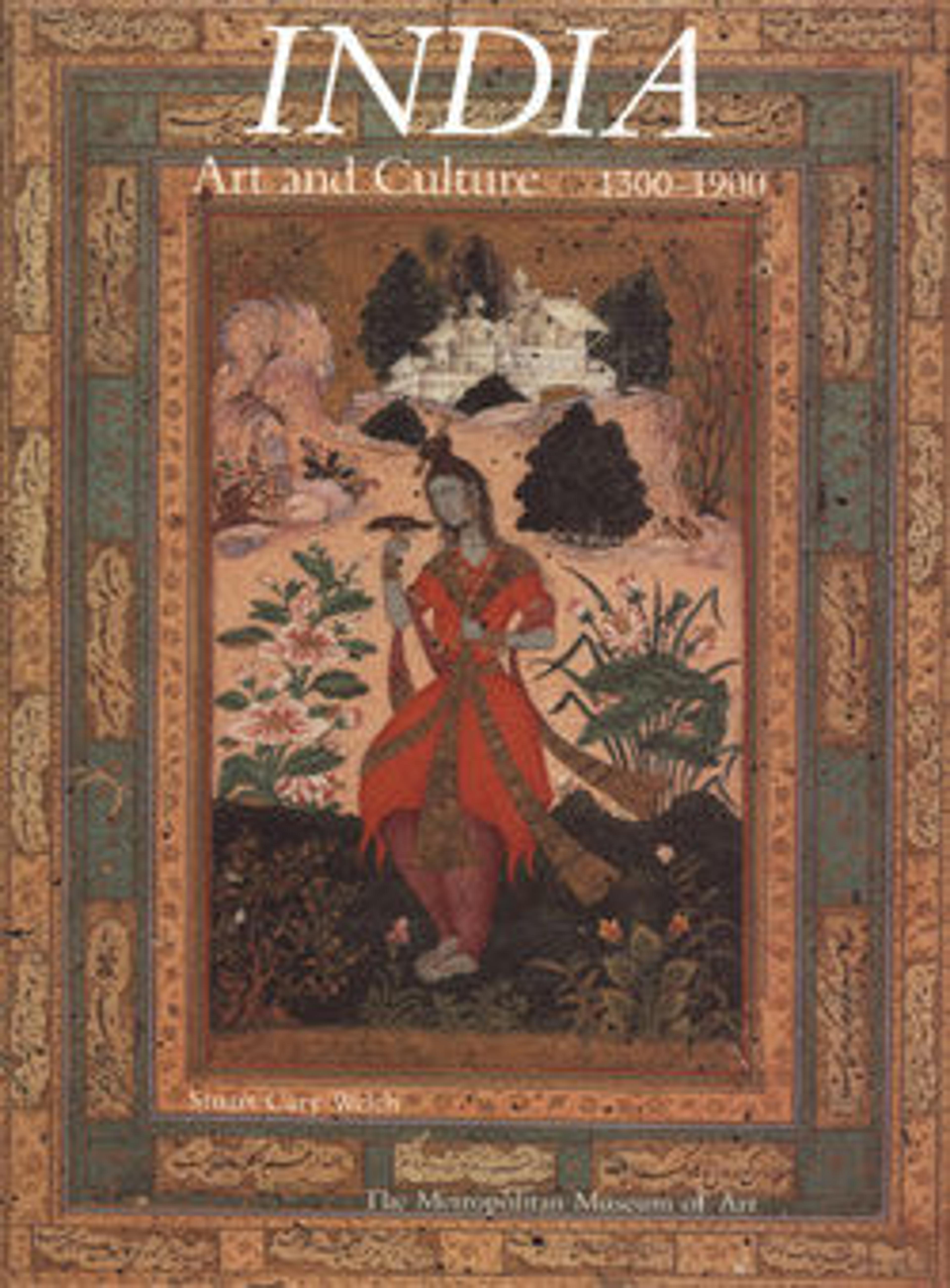Textile Fragment with a Repeating Pattern of Interlocked Tulips and Poppies
Textiles with repeating floral motifs set against a shimmering ground woven with metal wrapped thread are known in both Indian and Persian textiles of the mid seventeenth century, varying in style and technique in each case. This example has traditionally thought to have been from the period of Shah Jahan in India, when similar textiles are sometimes seen covering bolsters. Recent technical analysis however reveals that the manner of wrapping the metal around the thread, as well as character of the yarn and color of the dyes is characteristic of Persian production. This may indicate the presence of Persian craftsmen in Mughal India, or opens up the question of whether this textile was produced in Iran. The fragment is cut along the top and bottom yet preserves both right and left selvedges.
Artwork Details
- Title: Textile Fragment with a Repeating Pattern of Interlocked Tulips and Poppies
- Date: ca. 1628–58
- Geography: Attributed to India or Iran
- Medium: Silk, metal wrapped thread; plain weave, brocaded
- Dimensions: Textile: H. 27 1/2 in. (69.9 cm)
W. 29 1/2 in. (74.9 cm)
Mount: H. 31 3/16 in. (79.2 cm)
W. 33 1/4 in. (84.5 cm)
D. 1 1/4 in. (3.2 cm)
Wt. 22 lbs. (10 kg) - Classification: Textiles-Brocades
- Credit Line: The Alice and Nasli Heeramaneck Collection, Gift of Alice Heeramaneck, 1982
- Object Number: 1982.477
- Curatorial Department: Islamic Art
More Artwork
Research Resources
The Met provides unparalleled resources for research and welcomes an international community of students and scholars. The Met's Open Access API is where creators and researchers can connect to the The Met collection. Open Access data and public domain images are available for unrestricted commercial and noncommercial use without permission or fee.
To request images under copyright and other restrictions, please use this Image Request form.
Feedback
We continue to research and examine historical and cultural context for objects in The Met collection. If you have comments or questions about this object record, please contact us using the form below. The Museum looks forward to receiving your comments.
